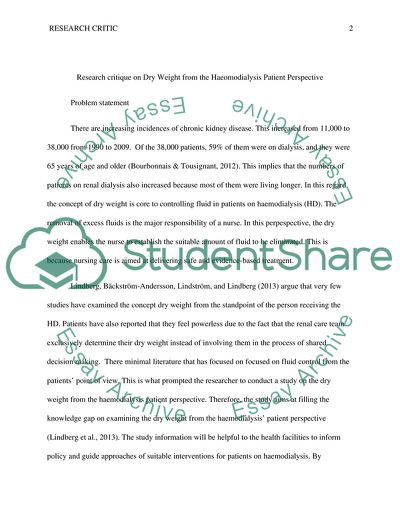Cite this document
(Dry weight from the haemodialysis patient perspective Research Paper, n.d.)
Dry weight from the haemodialysis patient perspective Research Paper. https://studentshare.org/medical-science/1847515-dry-weight-from-the-hemodialysis-patient-perspective
Dry weight from the haemodialysis patient perspective Research Paper. https://studentshare.org/medical-science/1847515-dry-weight-from-the-hemodialysis-patient-perspective
(Dry Weight from the Haemodialysis Patient Perspective Research Paper)
Dry Weight from the Haemodialysis Patient Perspective Research Paper. https://studentshare.org/medical-science/1847515-dry-weight-from-the-hemodialysis-patient-perspective.
Dry Weight from the Haemodialysis Patient Perspective Research Paper. https://studentshare.org/medical-science/1847515-dry-weight-from-the-hemodialysis-patient-perspective.
“Dry Weight from the Haemodialysis Patient Perspective Research Paper”. https://studentshare.org/medical-science/1847515-dry-weight-from-the-hemodialysis-patient-perspective.


